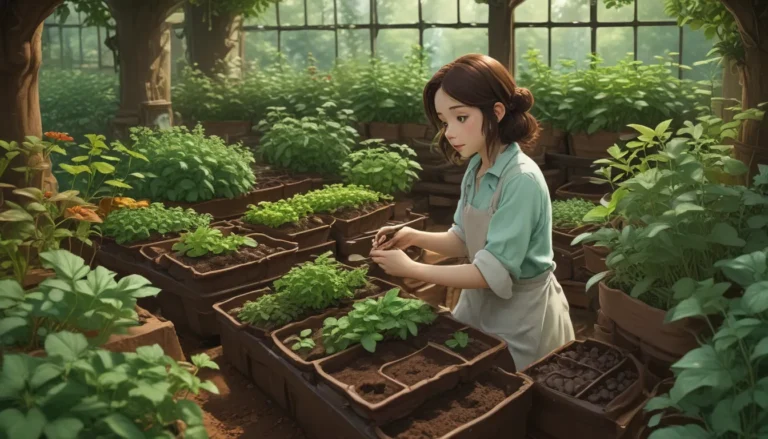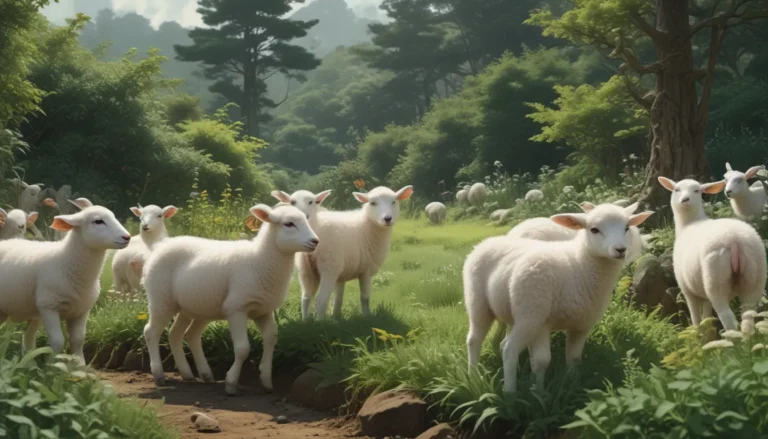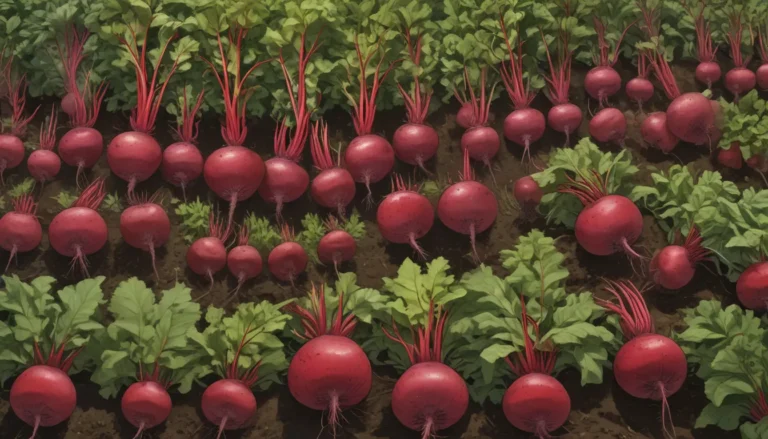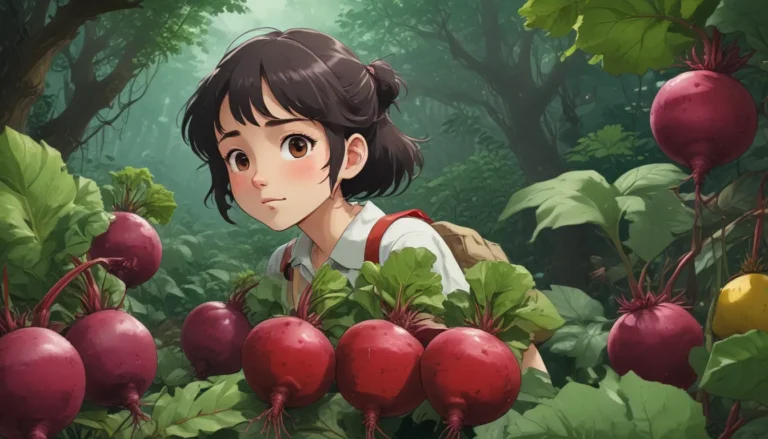Embracing Native Wildflowers: A Comprehensive Guide to Sustainable Gardening
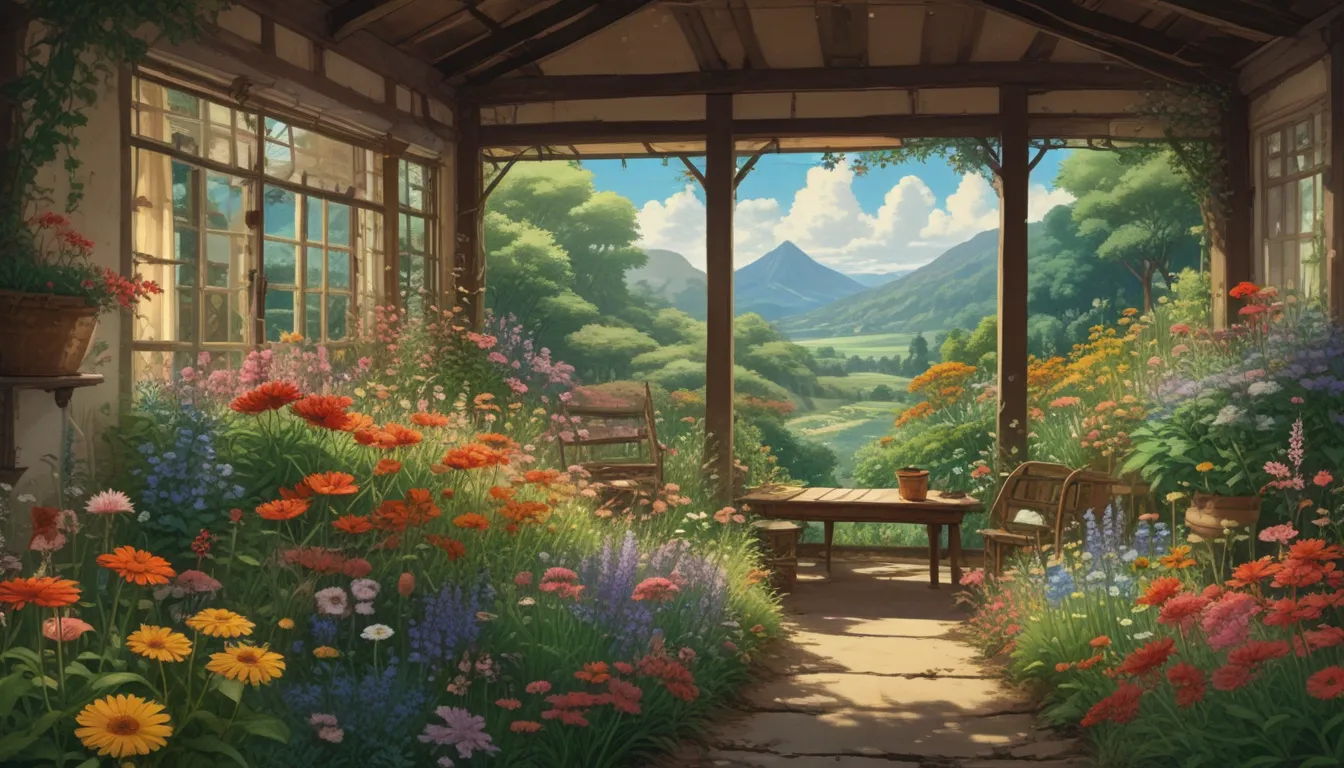
Are you looking to transform your yard or garden into a sustainable and beautiful landscape? One of the best ways to achieve this goal is by incorporating native plants, specifically native wildflowers. These locally adapted species are not only stunning but also low maintenance and waterwise, making them an ideal choice for any gardener.
In this extensive guide, we will explore 15 species of native wildflowers that are widespread across the continental United States and Canada. These wildflowers are not only easy to grow but are also highly adaptable to different conditions, making them perfect for a variety of garden settings.
Let’s dive in and discover the beauty and benefits of incorporating these lovely locals into your landscape:
15 Indigenous Wildflowers to Enhance Your Garden
- Black-Eyed Susan
- Scientific Name: Rudbeckia hirta
- Native Range: Eastern two-thirds of North America
- Hardiness Zones: 3-7
- Characteristics: Large, daisy-like yellow flowers with brown centers
- Growing Requirements: Full sun, moderate water, well-drained soil
- Landscaping Ideas: Flower beds, borders, and mass plantings
-
Wildlife Interactions: Larval host for butterflies
-
Blue Vervain
- Scientific Name: Verbena hastata
- Native Range: Almost all US states and Canadian provinces
- Hardiness Zones: 3-8
- Characteristics: Purplish-blue flowers on long spikes
- Growing Requirements: Moist to wet soils, full sun to full shade
-
Companions: Joe-Pye Weed, common self-heal, cardinal flower
-
Butterflyweed
- Scientific Name: Asclepias tuberosa
- Native Range: New England to Florida, Colorado to Texas
- Hardiness Zones: 3-9
- Characteristics: Deep orange flower clusters
- Growing Requirements: Full sun, well-drained soil, drought tolerant
-
Companions: Purple coneflower, gray goldenrod, common yarrow
-
Cardinal Flower
- Scientific Name: Lobelia cardinalis
- Native Range: Southern Canada to northern Colombia
- Hardiness Zones: 3-9
- Characteristics: Spike of bright red flowers
- Growing Requirements: Full sun to part shade, moist to wet soil
-
Wildlife Attraction: Hummingbirds
-
Common Self-Heal
- Scientific Name: Prunella vulgaris
- Native Range: Across North America, Europe, and Asia
- Hardiness Zones: 4-8
- Characteristics: Blueish purple flowers, square stems
- Growing Requirements: Full sun to part shade, moist soil
-
Uses: Medicinal plant, groundcover
-
Common Yarrow
- Scientific Name: Achillea millefolium
- Native Range: Northern Hemisphere
- Hardiness Zones: Variable
- Characteristics: Umbels of white flowers, fern-like leaves
- Growing Requirements: Full sun, well-drained soil, drought tolerant
-
Landscaping Ideas: Borders, cottage gardens, mass plantings
-
Fall Sneezeweed
- Scientific Name: Helenium autumnale
- Native Range: Most of the US and Canada
- Hardiness Zones: Variable
- Characteristics: Wedge-shaped yellow petals, dark green foliage
- Growing Requirements: Full sun, moist clay soil
-
Wildlife Interaction: Cut flower garden
-
Fireweed
- Scientific Name: Chamerion angustifolium
- Native Range: Northern Hemisphere
- Hardiness Zones: 2-7
- Characteristics: Narrow leaves, magenta flowers
- Growing Requirements: Full sun to part shade, acidic well-drained soil
-
Landscaping Ideas: Rock gardens, borders, naturalized plantings
-
Gray Goldenrod
- Scientific Name: Solidago nemoralis
- Native Range: Eastern two-thirds of North America
- Hardiness Zones: 3-9
- Characteristics: Sprays of golden flowers, grayish-green foliage
- Growing Requirements: Full sun to part shade, poor soil
-
Uses: Sandy, rocky locations
-
Jerusalem Artichoke
- Scientific Name: Helianthus tuberosus
- Native Range: Eastern and central North America
- Hardiness Zones: 3-9
- Characteristics: Yellow flowers, edible tubers
- Growing Requirements: Full sun to part shade, dry to moist soils
- Companions: Wild bergamot, nodding onion, Jerusalem artichoke
-
Joe-Pye Weed
- Scientific Name: Eutrochium maculatum
- Native Range: Northern two-thirds of North America
- Hardiness Zones: 4-8
- Characteristics: Clusters of pink or purple flowers
- Growing Requirements: Full sun to light shade, rich soils
- Landscaping Ideas: Rain gardens, mixed bed plantings
-
New England Aster
- Scientific Name: Symphyotrichum novae-angliae
- Native Range: Eastern half of Canada and US
- Hardiness Zones: Variable
- Characteristics: Lavender flowers with orange centers
- Growing Requirements: Full sun, rich moist soil
- Uses: Cut flower gardens, borders
-
Nodding Onion
- Scientific Name: Allium cernuum
- Native Range: New York to Arizona, Canada
- Hardiness Zones: 4-8
- Characteristics: Loose clusters of pink or purple flowers
- Growing Requirements: Full sun to light shade, sandy loam soil
- Companions: Butterflyweed, nodding onion, purple coneflower
-
Purple Coneflower
- Scientific Name: Echinacea purpurea
- Native Range: Eastern United States
- Hardiness Zones: 3-8
- Characteristics: Large purplish pink flowers with orange centers
- Growing Requirements: Full sun, well-drained soil
- Wildlife Attraction: Birds, butterflies
-
Wild Bergamot
- Scientific Name: Monarda fistulosa
- Native Range: Southern Canada to Western US
- Hardiness Zones: 4-8
- Characteristics: Fragrant pink to lilac flowers
- Growing Requirements: Full sun to part shade, dry to medium soil
- Landscaping Ideas: Herb gardens, perennial borders
By incorporating these 15 indigenous wildflowers into your garden, you can enhance the beauty, sustainability, and biodiversity of your landscape. These plants are not only easy to grow but also provide valuable resources for local wildlife, such as butterflies, hummingbirds, and bees.
If you’re looking for more tips on how to integrate these wildflowers into your garden, be sure to check out our guide on growing native wildflowers in the landscape. And don’t forget to share your favorite native wildflowers in the comments section – we’d love to hear from you!
Let the wildflower power transform your garden into a flourishing haven for both plants and wildlife!
